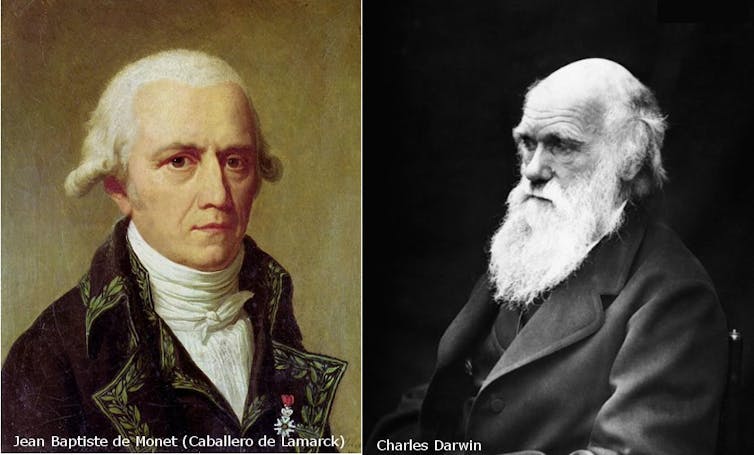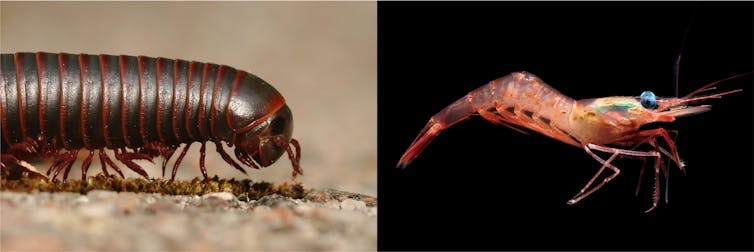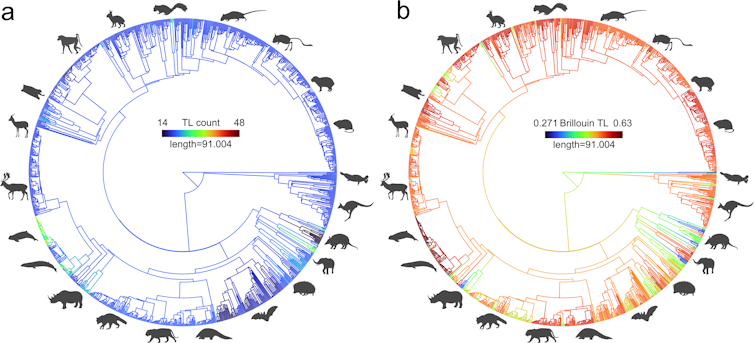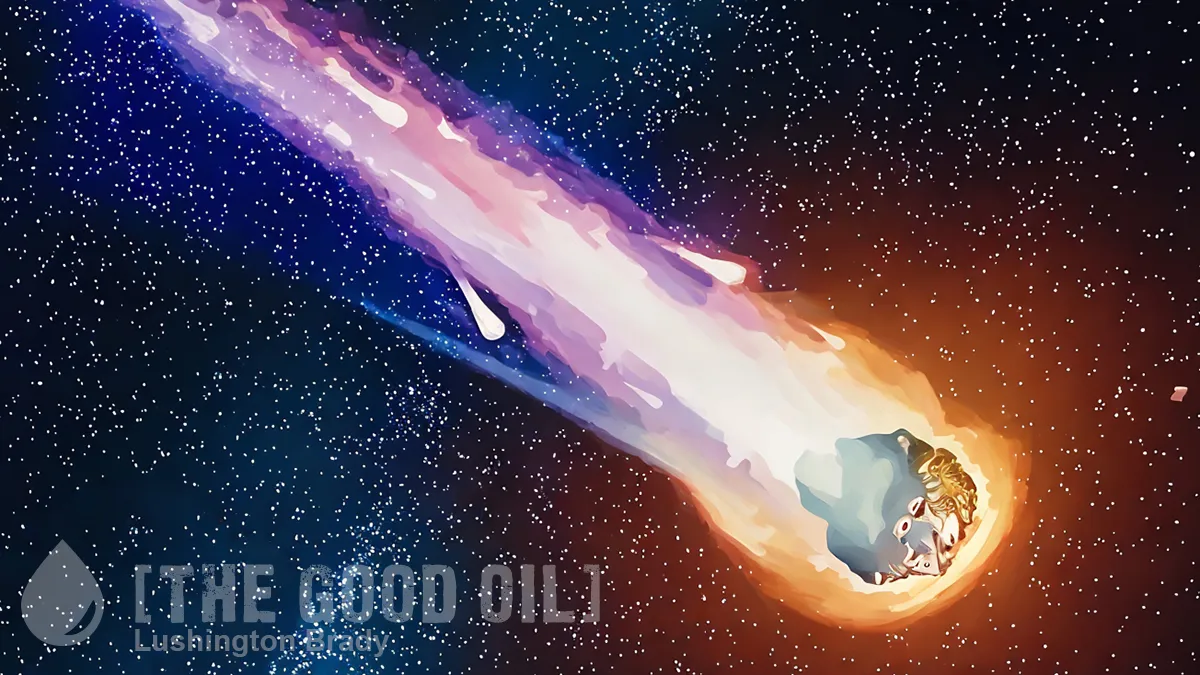Matthew Wills
Professor of Evolutionary Palaeobiology at the Milner Centre for Evolution
University of Bath and Marcello Ruta
Senior Lecturer, Life Sciences, University of Lincoln
Depending upon how you do the counting, there are around 9 million species on Earth, from the simplest single-celled organisms to humans.
It’s reassuring to imagine that complex bodies and brains like ours are the inevitable consequence of evolution, as if evolution had a goal. Unfortunately for human egos, a recent study comparing over a thousand mammals – the group we belong to – painted a less gratifying picture.
Evolutionary biologists in the late 18th century, including Jean-Baptiste Lamarck, reasoned that life must have an innate tendency to evolve into ever more complex forms, and believed this reflected God’s design. However, by the mid-19th century, Charles Darwin showed that natural selection has no direction, and will sometimes make organisms simpler.

Modern biologists agree that the most complex organisms have become more complex over the last 4 billion years, but they disagree about what sort of process accounts for this.
Because most organisms are still very simple, one possibility is that maximum complexity has increased “accidentally”, like the diffusion of a drop of ink in a glass of water. If true, this could be a blow to our human sense of significance as the most complex organisms.
Another theory is that increasing complexity is driven, on average, by natural selection. Sometimes selection acts on many, independent branches of the tree of life in a similar way and in parallel. This can produce similar effects in many of those branches and is known as a driven trend.
While driven trends need not imply divine purpose, they at least suggest that complexity was mostly an improvement, which is reassuring for us humans.
So which pattern is the most common in the evolution of complexity: accidental diffusion or driven trend?
Most changes and mutations are bad, and these variants are usually weeded out through a process called stabilising selection, which acts to maintain the status quo. But if most mutations make things function less well, doesn’t this make it very difficult for evolutionary novelties to arise?
In fact, evolution often operates on multiple copies of things. For example, a single gene might be duplicated within the same organism.
Provided one copy maintains its original function, the other copy can accumulate mutations without putting its bearer at an immediate disadvantage. These mutated copies are usually edited out over time, but occasionally they acquire a new function that gives an advantage.
Even more remarkably, whole genomes – every single gene in an organism – can be duplicated in one generation. Under these circumstances, there are many chances that copies of some genes will acquire a new function.
For example, sturgeons and paddle fishes underwent a whole genome duplication 250 million years ago, and this may explain how they survived the biggest ever mass extinction that wiped out 96% of other marine species.

Identical copies of structures such as segments and limbs can also be made via duplication processes. For example, millipedes have lots of legs, but they are the same design copied lots of times.
Shrimps, by contrast have many different types of legs modified for feeding, walking, swimming and brooding eggs. A biological principle called the zero force evolutionary law states that these copies will tend to become less similar by accidental diffusion alone, unless stabilising selection acts to keep the status quo. Of course, natural selection may also act to make the copies less similar if this has an advantage.
Our paper shows that increasing complexity in mammals has both diffusive and driven aspects. Rather than marching towards greater complexity, mammals evolved in lots of different directions, with only some lineages pushing the upper bounds of complexity.

Surely nature selects for complexity just a bit?
Unfortunately, there is little research addressing this question. One of the few published studies demonstrates that crustaceans (crabs, lobsters, shrimps and their relatives) evolved with a driven trend for increasing complexity over the last half a billion years.
Like crustaceans and all vertebrates, we have bodies made of repeating blocks of tissue (called somites). These are most visible in our vertebral column (or spine) and ribs, and in the six-pack of a lean athlete. Across mammals, the number of vertebrae (the bones that make up the spine) varies and they are shaped to do different jobs in the neck, thorax, back, sacrum and tail.
Counting the number of bones in different regions can quantify one aspect of complexity across all mammals. In our study sampling over a thousand mammal species, many groups – including whales, bats, rodents, carnivores and, our own group, the primates – independently evolved complex vertebral columns. This suggests higher complexity can be a winning formula, and that selection is driving this in multiple branches of the mammal tree.
However, many other branches have a low plateau in complexity or even become simpler. Elephants, rhinos, sloths, manatees, armadillos, golden moles and platypuses all thrived despite the fact they have relatively simple vertebral columns. The direction of evolution all depends on context.

Research into the evolution of complexity has only recently started gathering pace, so there is much we still don’t know. But we do know that the story of mammalian evolution hasn’t been a directional “march of progress”, but rather has many characteristics of a random and diffusive walk.
This article is republished from The Conversation under a Creative Commons license. Read the original article.









